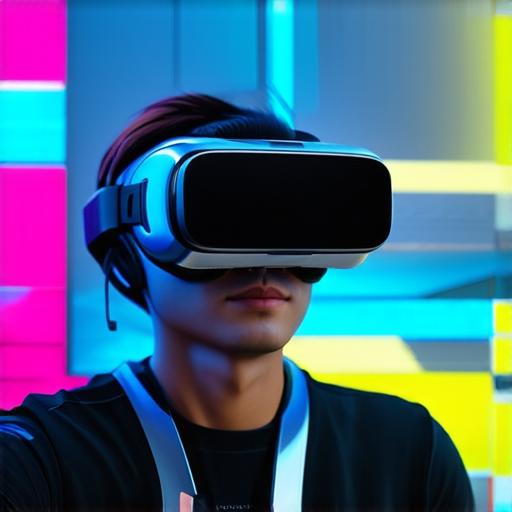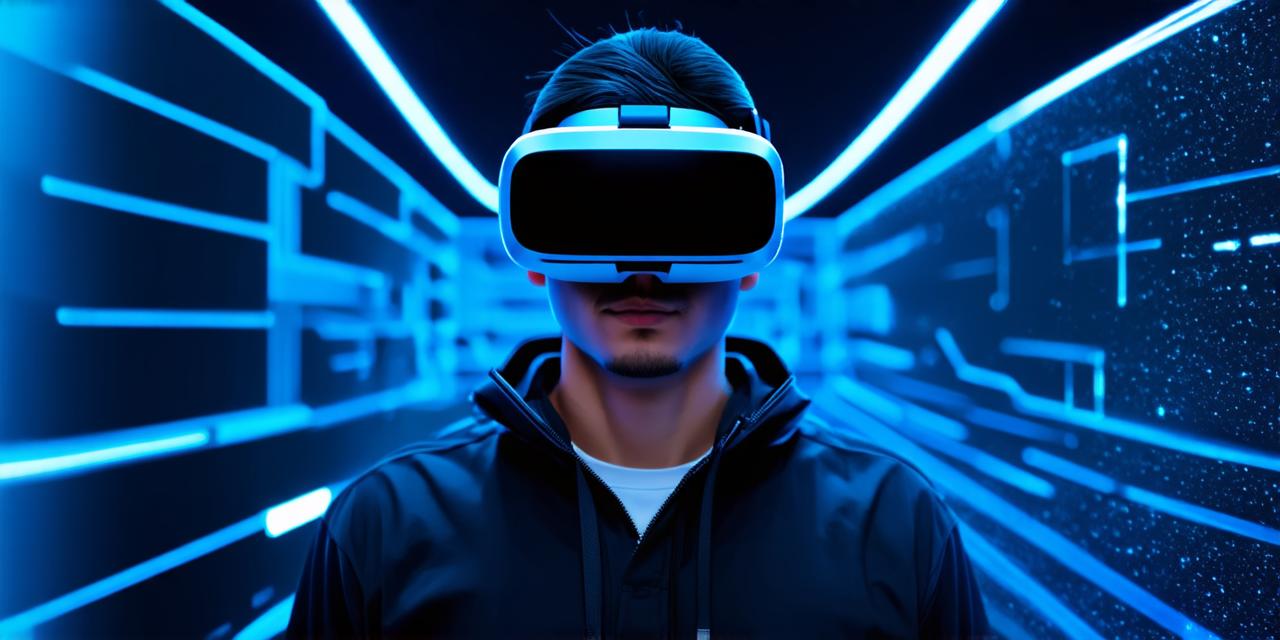Virtual reality (VR) exposure refers to the amount of time a person spends in a virtual environment, typically through the use of a head-mounted display (HMD) or other VR devices.
It is important to note that VR exposure can have both positive and negative effects on individuals, and it is crucial to be aware of these potential consequences before engaging in VR experiences. For example, prolonged VR exposure can cause motion sickness, eye strain, and headaches, as well as potentially trigger anxiety or other mental health issues in some people.
It’s also worth noting that VR exposure can have a significant impact on cognitive development, particularly in children. Studies have shown that children who spend time in virtual environments tend to develop better spatial awareness and problem-solving skills than those who do not. Additionally, VR exposure has been found to be an effective tool for treating phobias, PTSD, and other mental health conditions.

Overall, the amount of VR exposure a person receives will depend on their individual needs and goals. It is important to consider both the potential benefits and risks before engaging in any VR experiences, and to consult with a healthcare professional if you have any concerns or questions about VR exposure.



